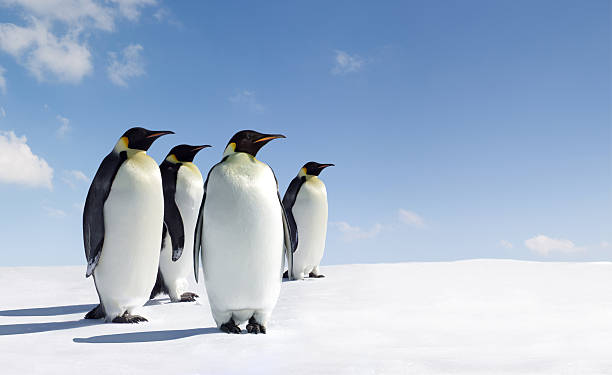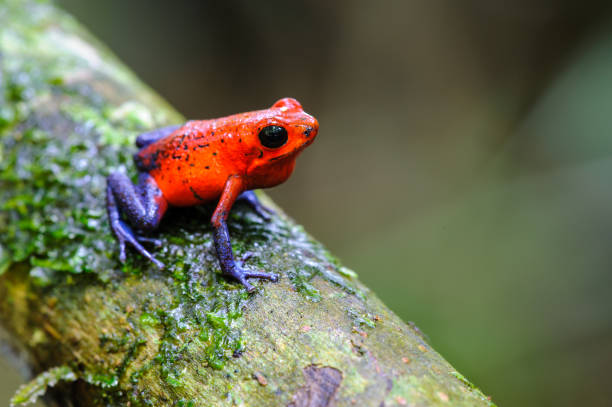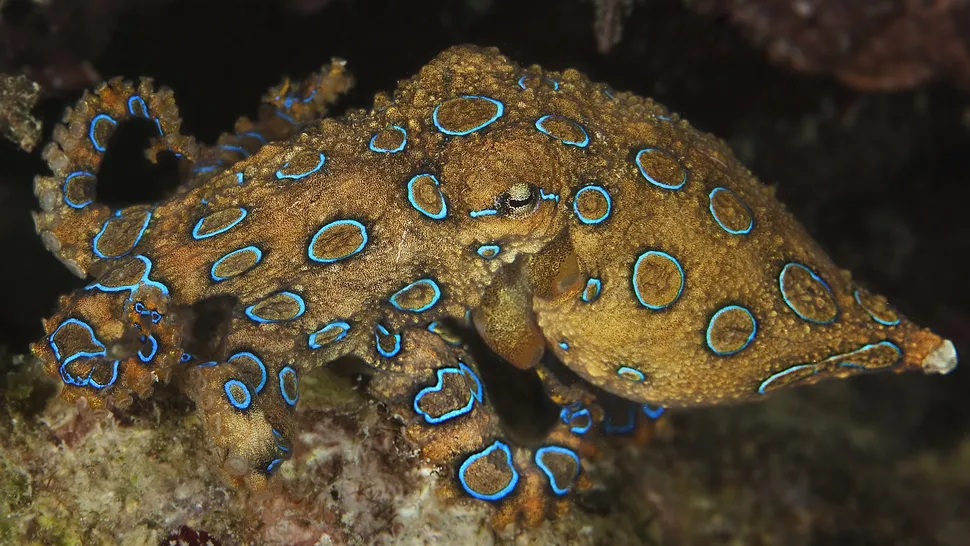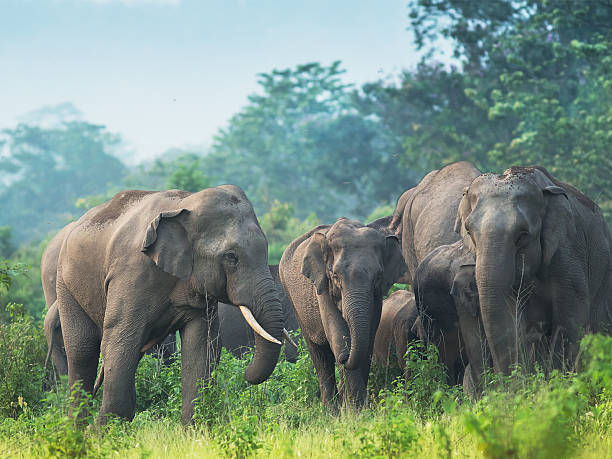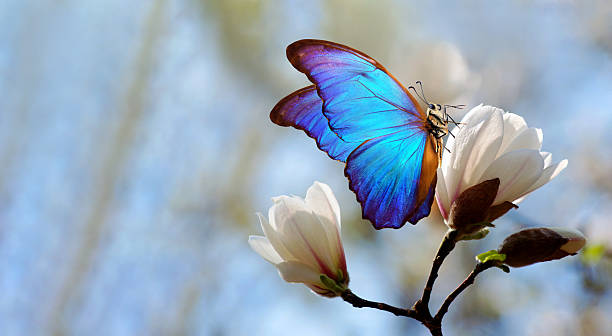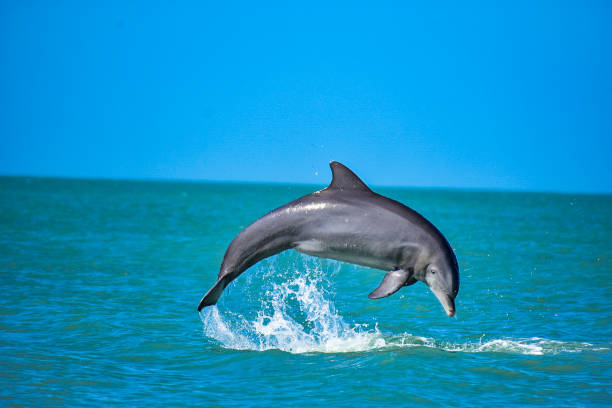From the molten heat of volcanic springs to the frozen deserts of Antarctica, life has found a way to thrive in conditions that would destroy almost anything else. Across the planet—and even in space—animals have evolved astonishing mechanisms to withstand brutal extremes of temperature. Some endure searing desert suns where the sand burns like fire beneath them, while others sleep frozen solid through months of darkness, waiting patiently for spring’s first light.
These creatures are more than survivors; they are testaments to evolution’s ingenuity. They redefine the limits of life, challenging what we thought biology could endure. Their bodies have become laboratories of adaptation—natural marvels that can tolerate heat, cold, or even both.
Let’s embark on a journey to meet fifteen extraordinary animals that prove nature’s resilience knows no bounds.
1. Tardigrade – The Immortal Water Bear
Tiny yet indestructible, the tardigrade—often called the “water bear”—is the undisputed champion of survival. Barely visible to the human eye, this microscopic organism can survive being boiled, frozen, irradiated, crushed, and even launched into space.
Tardigrades survive such extremes by entering a state known as cryptobiosis, in which they lose almost all body water and curl into a protective ball called a “tun.” In this form, their metabolism nearly halts. They can remain like this for decades—possibly centuries—until they sense moisture again, at which point they rehydrate and resume life as if nothing happened.
Tardigrades have endured temperatures as low as -272°C (just above absolute zero) and as high as 150°C. They can even tolerate radiation doses hundreds of times higher than a human could survive. They are, quite literally, the closest thing to immortal life our planet has ever produced.
2. Emperor Penguin – The Monarch of the Antarctic Cold
Standing proudly against the howling Antarctic wind, the emperor penguin is the largest and hardiest of all penguin species. It endures the coldest temperatures on Earth—below -60°C—with winds reaching 200 km/h.
Their survival secret lies in their incredible communal behavior and unique physiology. Emperor penguins huddle together in vast colonies, sharing warmth by constantly rotating positions so no individual is left too long on the outer edge of the group. Their dense feather coating, layered fat, and specialized circulation system help them retain body heat even in blizzards.
Even more astonishingly, emperor penguin males incubate eggs through the worst of winter. For nearly two months, they fast and balance the egg on their feet beneath a warm flap of skin called a brood pouch. When the first Antarctic sunrise returns, the chick hatches into one of the harshest environments imaginable—yet thrives, thanks to nature’s most dedicated father.
3. Camel – The Desert’s Enduring Ship
The camel’s silhouette against the dunes is an ancient symbol of endurance. For millennia, this animal has carried travelers across the scorching Sahara and the baking plains of Arabia, thriving in temperatures exceeding 50°C.
Camels are masters of water conservation. Their humps, contrary to myth, store fat—not water—which they metabolize into both energy and moisture when resources are scarce. They can lose up to 25% of their body weight in water and still survive—a feat lethal to most mammals.
Their thick eyelashes, nostril flaps, and wide feet are perfect desert adaptations. Even their blood cells are oval, allowing smooth flow when dehydrated. Camels can drink over 100 liters of water in a matter of minutes when they finally find an oasis, restoring their body’s delicate balance almost instantly.
These animals are not just survivors—they are miracles of biological engineering sculpted by the sun and sand.
4. Arctic Fox – The White Phantom of the Ice
In the endless white of the Arctic, where temperatures can drop to -70°C, the Arctic fox roams unbothered. Its snow-white coat isn’t just for camouflage—it’s the warmest fur in the animal kingdom.
This fox has a compact, rounded body to minimize heat loss and a metabolism that adjusts with the seasons. During winter, its fur thickens dramatically, and it curls up in dens insulated with snow. Its paws are covered in fur, acting like natural boots that allow it to tread over ice without freezing.
The Arctic fox can locate prey even under deep snow, using its acute hearing to detect the faintest sound of movement. It survives on lemmings, birds, and even scavenged remains left by polar bears. When food is scarce, it can lower its metabolism to conserve energy—proof that intelligence in nature often manifests as patience.
5. Sahara Silver Ant – The Fastest Survivor in the Hottest Desert
When the desert sun reaches unbearable heights, nearly every living thing retreats to shade. But not the Sahara silver ant. It races across the dunes at noon, when surface temperatures reach 70°C—heat intense enough to kill in minutes.
Its survival strategy is pure physics. The ant’s silver hairs reflect sunlight and radiate body heat efficiently, keeping it several degrees cooler than the sand. It also moves with lightning speed—up to 100 body lengths per second—limiting exposure time to the scorching ground.
These ants live short but brilliant lives, venturing out only for a few minutes each day to scavenge the remains of heat-stricken insects. Their existence is a masterclass in micro-adaptation—surviving by embracing the very thing most creatures flee from.
6. Wood Frog – The Frozen Resurrectionist
In the forests of North America, the wood frog defies the very definition of life and death. Each winter, it freezes solid—its heart stops, blood ceases to flow, and it appears dead. Yet come spring, it thaws and hops away as though nothing happened.
The secret lies in its blood chemistry. As temperatures drop, the wood frog floods its body with glucose and urea, which act as natural antifreeze, preventing ice crystals from destroying its cells. Up to 70% of its body water freezes, but its organs remain intact.
When the thaw comes, circulation restarts, and within hours, the frog is active again. This astonishing ability has made scientists study it for clues to organ preservation and cryogenics. The wood frog’s frozen miracle is one of nature’s most poetic displays of endurance.
7. Dromedary Camel Spider – The Heat-Running Predator
In the Middle Eastern deserts, a creature with terrifying speed and resilience roams under the moonlight: the camel spider. Despite its name, it’s not a true spider but an arachnid known for surviving in desert temperatures exceeding 50°C.
By day, camel spiders hide in burrows or under rocks to escape the heat. By night, they hunt with relentless energy, devouring insects, lizards, and even small birds. Their sandy color blends perfectly into the dunes, and their long legs help them stay slightly elevated from the burning ground.
They use their entire body as a thermometer, sensing heat gradients to avoid deadly zones. While humans might dread them, their biology is a desert masterpiece—adapted to move through one of the world’s most merciless climates with eerie grace.
8. Antarctic Icefish – The Bloodless Survivor
Beneath the Antarctic ice, where seawater stays below freezing, swims a ghostlike creature—the Antarctic icefish. What makes it extraordinary is that it has no red blood cells and no hemoglobin, the molecule that normally carries oxygen.
Instead, its blood is transparent and oxygen dissolves directly in its plasma, an adaptation possible only in oxygen-rich, frigid water. It also produces special antifreeze glycoproteins that prevent its body fluids from solidifying.
The icefish’s organs and metabolism are tailored to these conditions; it could not survive in warmer seas. Yet here, in the icy abyss, it thrives where few others can. It is life rewritten for cold—proof that even in the most inhospitable waters, existence finds equilibrium.
9. Kangaroo Rat – The Desert’s Waterless Wonder
In the blazing deserts of North America, the kangaroo rat hops lightly across the sand, living a life untouched by thirst. It can survive its entire life without drinking a single drop of water.
How? Through extraordinary metabolic efficiency. The kangaroo rat extracts moisture directly from its food—mostly seeds—and through a specialized process in its kidneys that recycles every molecule of water. Its urine is one of the most concentrated in the animal kingdom.
It also avoids the sun’s fury by being nocturnal, spending the day in cool underground burrows. Every beat of its heart, every breath, is fine-tuned to conserve moisture. In a land defined by scarcity, the kangaroo rat proves that survival isn’t about abundance—it’s about adaptation.
10. Yak – The Living Furnace of the Himalayas
At the roof of the world, where air is thin and temperatures plunge to -40°C, the yak thrives. These shaggy, majestic creatures graze at altitudes that would suffocate most animals.
Their dense undercoat traps warm air close to the body, while a long outer layer of coarse hair repels snow and ice. Yaks also have massive lungs and a high red blood cell count, allowing them to extract oxygen from the thin mountain atmosphere.
They are living furnaces, built for endurance. Even in blizzards, they stand calmly grazing, steam rising from their thick fur like smoke from a hearth. To survive where even the wind seems frozen is to be more than an animal—it is to be an emblem of life’s persistence.
11. Pompeii Worm – The Creature of Boiling Seas
Deep in the Pacific Ocean, near hydrothermal vents where water temperatures reach 80°C, lives the Pompeii worm—one of the hottest-dwelling animals on Earth.
This strange creature resides in tubes anchored to the vent walls, where its head faces cooler waters while its tail endures near-boiling temperatures. Its back is covered in symbiotic bacteria that form a protective fleece-like layer, shielding it from the scalding heat.
The Pompeii worm’s existence challenges our definition of habitability. Where sunlight never reaches and the sea boils with toxins, it thrives. It is an ambassador of life’s boundless adaptability—proof that where energy exists, life will find a way to dance around it.
12. Polar Bear – The Titan of the Arctic
The polar bear reigns supreme in the Arctic, one of the most unforgiving environments on the planet. Temperatures can drop below -50°C, yet this majestic predator remains warm and active year-round.
A polar bear’s coat is not white but transparent, composed of hollow hairs that trap air and reflect light, creating the illusion of whiteness. Beneath its fur lies a thick layer of fat—sometimes more than 10 centimeters deep—that insulates it like armor against the cold.
Even more impressive, their black skin absorbs sunlight efficiently, turning the Arctic’s limited light into life-sustaining warmth. These adaptations make the polar bear not just a survivor, but a masterpiece of evolution’s icy craftsmanship.
13. Namib Desert Beetle – The Water Harvester of the Dunes
In Namibia’s ancient desert, where temperatures soar by day and plummet by night, the Namib Desert beetle survives through ingenuity. It gathers water not by finding it, but by creating it.
Each morning, as fog drifts across the dunes, the beetle climbs to the crest and raises its body. Tiny bumps on its shell condense moisture from the air, channeling precious droplets straight to its mouth.
This unique adaptation allows it to thrive where rain might not fall for years. Its dark shell also helps it absorb the cold of night and release heat during the day, balancing extreme temperature shifts.
In a place defined by absence, the beetle teaches a profound lesson: survival is a matter of cleverness as much as endurance.
14. Alaskan Wood Frog – The Ice Sleeper
Similar to its northern cousin, the Alaskan wood frog takes cold tolerance to the next level. It can survive temperatures as low as -80°C by freezing solid during winter. Its heart stops, and even its brain activity ceases—but it lives on.
When spring returns, the frog thaws, its heartbeat resumes, and within minutes it hops away. Scientists believe it uses high levels of glucose and urea as cryoprotectants, keeping its cells from rupturing.
It spends more than half its life in this frozen state, a living paradox suspended between death and rebirth. Its endurance redefines what it means to be alive.
15. Desert Pupfish – The Fire and Ice Swimmer
In the isolated pools of Death Valley, California, where water temperatures fluctuate from near freezing to above 45°C, lives the desert pupfish—a tiny creature with a mighty will to live.
These small fish endure extremes that would kill most aquatic life. Their enzymes are specially adapted to function across wide temperature ranges, and they can tolerate low oxygen levels and high salinity.
The desert pupfish is a relic of a wetter past, surviving in the last remnants of ancient lakes. It is a living time capsule, proving that even in the most punishing places, life finds footholds—and holds on.
The Science of Survival
What ties these animals together is not just endurance but elegance. Each one represents a unique solution to nature’s harshest riddles—whether by freezing, reflecting heat, or altering metabolism itself.
In scientific terms, their adaptations reveal life’s plasticity—the ability to reshape itself to fit any mold. From genetic changes to behavioral strategies, they demonstrate evolution’s finest work: resilience as an art form.
The Poetry of Endurance
There is something profoundly moving about creatures that thrive where everything else perishes. They speak to the persistence of life, to its refusal to yield. Whether in ice or fire, they are nature’s whispers of hope, reminders that existence itself is a force of defiance.
In the end, these fifteen animals are not just examples of survival. They are symbols of what it means to adapt, to endure, and to persist through the extremes—lessons written not in ink, but in blood, bone, and breath across the vast and beautiful planet we call home.
